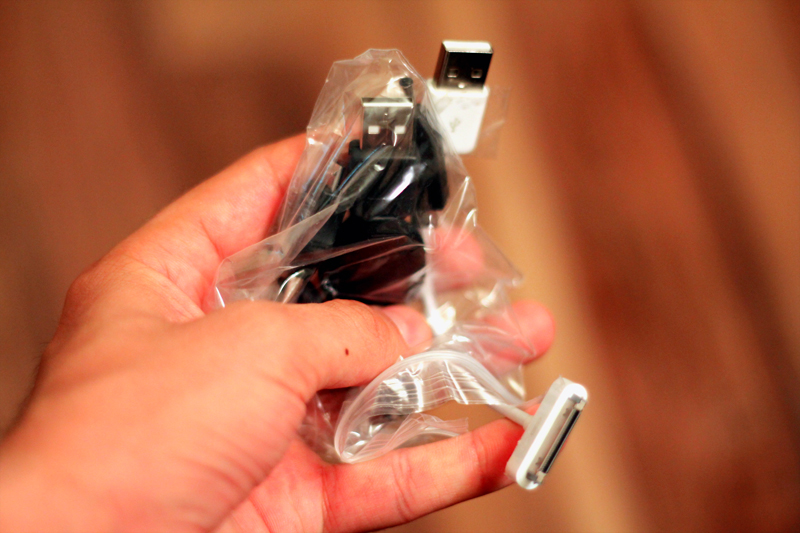Understanding the Essence of Exchanges in the Crypto World
The world of cryptocurrency is a rapidly evolving landscape where innovation and technology intersect to create new financial paradigms. At the heart of this digital ecosystem are exchanges — the platforms that enable users to buy, sell, and trade various cryptocurrencies. Exchanges serve as the fundamental bridge between traditional fiat systems and the decentralized blockchain networks.
However, not all exchanges are created equal. They fall into two main categories: centralized exchanges (CEXs) and decentralized exchanges (DEXs). While both serve the purpose of facilitating crypto trading, the differences between them are profound and have significant implications for users.
Centralized exchanges, such as Binance, Coinbase, or Kraken, operate much like traditional financial institutions. They are run by a central entity, which manages user accounts, order books, liquidity, and custodial services. Users deposit their funds into the platform’s wallets, and the platform itself holds custody of the assets until the user withdraws them. In contrast, decentralized exchanges — exemplified by platforms like Uniswap, PancakeSwap, and SushiSwap — function without a central authority. Transactions occur directly on the blockchain, and users retain control of their private keys and funds at all times.
The question then arises: what specific advantages does a DEX offer over its centralized counterparts? Understanding these differences is crucial for anyone navigating the crypto space, whether you’re a seasoned trader or a curious newcomer exploring the possibilities of blockchain technology.
True Ownership: You Hold Your Keys, You Hold Your Coins
Perhaps the most fundamental advantage of a DEX is the principle of self-custody. In a DEX, users never relinquish control over their assets. Trades are executed through smart contracts directly on the blockchain, and users interact with the platform via their own wallets — whether it’s MetaMask, Trust Wallet, or another self-custody solution. This means that at no point are your funds held by a third party. The old adage in the crypto world — “Not your keys, not your coins” — is fully respected on a DEX.
In contrast, using a centralized exchange requires users to deposit funds into the exchange’s wallets. While this offers convenience, it also introduces counterparty risk. History has shown that centralized exchanges can be vulnerable to hacks, mismanagement, regulatory crackdowns, or even fraud, leading to potential loss of funds for users. The collapse of exchanges like Mt. Gox and, more recently, FTX serves as a stark reminder of these risks.
Enhanced Privacy and Reduced KYC Requirements
Privacy is another domain where DEXs shine. Most decentralized exchanges operate without requiring users to submit personal information or go through extensive Know Your Customer (KYC) processes. This is because DEXs are non-custodial and do not hold user funds or process fiat transactions, which are typically the focal points of regulatory scrutiny.
In contrast, centralized exchanges are often mandated by regulators to implement KYC and Anti-Money Laundering (AML) protocols. While these measures aim to prevent illicit activities, they also mean that users must submit sensitive personal documents and undergo verification procedures, which can be a barrier to entry and a potential privacy risk.
Global Accessibility Without Gatekeepers
Decentralized exchanges are borderless by nature. Anyone with an internet connection and a supported wallet can access a DEX, regardless of their location or local regulations. There are no account restrictions, no limitations based on geography, and no single entity to deny access.
This open-access model contrasts sharply with centralized exchanges, which often limit services based on jurisdictional compliance. Users from certain countries may find themselves unable to create accounts or may face restrictions on specific assets. DEXs, by operating entirely on-chain, bypass these gatekeeping mechanisms, fostering inclusivity and global participation.
Resistance to Censorship and Control
Another powerful advantage of DEXs lies in their inherent resistance to censorship. Since DEXs operate as smart contracts on a blockchain, they are not owned or operated by a single entity that can be coerced or shut down by external forces. As long as the underlying blockchain (such as Ethereum, BNB Chain, or Polygon) continues to function, the DEX remains operational.
Centralized exchanges, on the other hand, are vulnerable to legal actions, government orders, and regulatory crackdowns. They can be compelled to freeze assets, halt trading, or even seize user funds in compliance with laws or directives. This potential for external interference is absent in the decentralized world, offering users a higher degree of autonomy.
Lower Risk of Custodial Hacks
The custodial nature of centralized exchanges makes them prime targets for cyberattacks. When an exchange holds billions of dollars in user funds, it becomes an attractive prize for hackers. Numerous high-profile hacks in the past have resulted in the theft of hundreds of millions of dollars, leaving users scrambling for compensation or, in many cases, suffering complete losses.
DEXs, by design, do not hold user funds in a centralized pool. Transactions happen directly between user wallets, and the DEX itself merely facilitates these peer-to-peer interactions through code. While smart contract vulnerabilities do exist and exploits can occur, the risk profile is fundamentally different — it’s about the security of the code, not the risk of a single entity holding all the keys.
Composability and Innovation in DeFi
Decentralized exchanges are integral components of the broader decentralized finance (DeFi) ecosystem. They are designed to be interoperable and composable, meaning they can interact seamlessly with other DeFi protocols, such as lending platforms, yield aggregators, and liquidity pools. This interoperability enables complex financial strategies like yield farming, liquidity mining, and flash loans, which are simply not available in traditional finance or on most centralized exchanges.
CEXs, while offering a curated selection of tokens and sometimes margin or derivatives trading, typically operate as isolated platforms with limited integration into the broader DeFi space. They often act as “walled gardens,” controlling which tokens are listed and which services are available.
Transparency and Open-Source Verification
Another notable advantage of DEXs is transparency. Many DEX platforms are built on open-source smart contracts, allowing anyone to inspect the code and verify how the system operates. Transactions are recorded immutably on the blockchain, ensuring accountability and enabling users to track and audit their activities.
In contrast, centralized exchanges often operate as black boxes. Users must trust the exchange to act in their best interests, manage funds responsibly, and provide accurate reporting. There is little visibility into how order books are managed, how funds are stored, or how decisions are made behind the scenes.
Limitations and Considerations
While the advantages of DEXs are compelling, it’s important to acknowledge that they are not without challenges. Issues such as lower liquidity for certain pairs, higher slippage, complex user interfaces, and the need for self-custody knowledge can make DEXs less user-friendly, especially for newcomers. Additionally, transaction fees, particularly on networks like Ethereum, can become significant during periods of high demand.
However, as blockchain technology evolves and solutions like layer-2 networks and cross-chain interoperability improve, many of these barriers are being addressed, making DEXs increasingly viable for a broader audience.
The Bigger Picture: Empowering Users
At its core, the rise of DEXs represents a fundamental shift in the balance of power in the financial world. By removing intermediaries and enabling direct, peer-to-peer interaction, decentralized exchanges empower individuals to take full control of their financial destinies. They embody the principles of decentralization, transparency, and permissionless access — values that are at the heart of the crypto revolution.
For those looking to explore decentralized trading, an excellent resource is www.Cryptology.ro, a platform dedicated to educating and guiding users through the intricacies of cryptocurrency and blockchain technology.
In the evolving landscape of digital finance, understanding the differences between DEXs and CEXs is crucial. While centralized exchanges offer convenience, support, and polished interfaces, decentralized exchanges unlock the full potential of blockchain technology by putting power back into the hands of users. It is a dynamic space where innovation thrives, and the future of finance is being reshaped — one block at a time.





